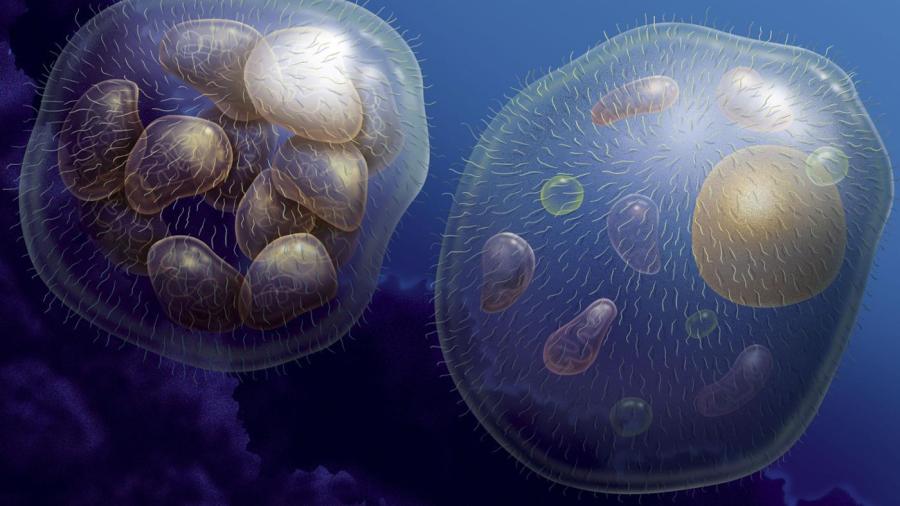How Do Multicellular Organisms Grow?

Multicellular organisms may evolve into large and complex beings, but they all begin as a single cell and pass through several defined stages of development. All beings, from small plants and insects to large elephants, giraffes and even humans, begin as single, simple cells, called fertilized eggs.
After an egg is fertilized, the process of multicellular development begins. Throughout the journey of development, cells grow and divide many times; this replication eventually builds the final product, which is a complex, fully formed living being. Cell division produces a number of intricate and complex final patterns, which are defined by genomes. Genomes are virtually identical in all cells, and cells contain multiple sets of genomes. This diversity leads to gene expression, which controls the four stages of cellular and embryo development: cell proliferation, cell specialization, cell interaction and cell movement. The first, cell proliferation, involves the replication of many cells from a single source. Secondly, cell specialization refers to creation of cells with distinguished, defined characteristics. The third stage, cell interaction, involves the dissemination of information among cells and intercellular communications. Finally, cell movement involves the movement of cells throughout the body to form organs, tissues, bones and other physical characteristics of developed organisms.





